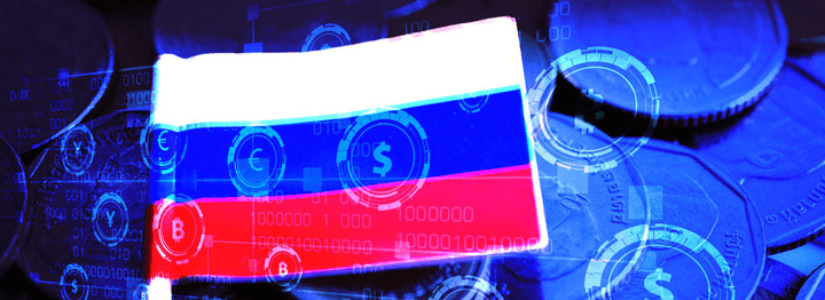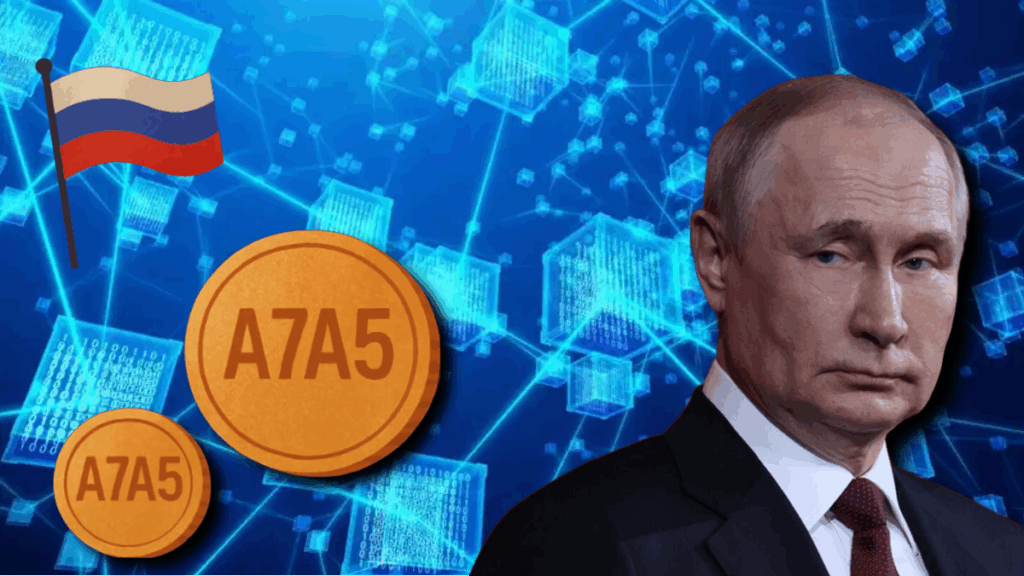TL;DR
- Russian stablecoin transfers linked to the A7A5 network have exceeded six billion dollars since August, signaling a growing reliance on blockchain-based settlement systems across sanctioned financial corridors.
- Despite regulatory pressure, network operators continue reissuing tokens to bypass blacklisted wallets, allowing trade flows to remain uninterrupted.
- Financial institutions inside Russia now provide formal support for these assets, positioning stablecoins as an increasingly credible tool for international commerce rather than a niche instrument of speculation.
Russian authorities appear determined to establish a parallel financial infrastructure using tokenized assets rather than depend on Western-controlled settlement mechanisms. The A7A5 stablecoin, operating primarily on TRON and Ethereum, has emerged as the centerpiece of this strategy. Analysts tracking on-chain records observed that multiple token batches were burned and instantly re-minted in fresh wallets, effectively disconnecting past ownership history while maintaining liquidity for active traders. This strategy is viewed by blockchain researchers as a demonstration of how public ledgers can be exploited for both transparency and anonymity depending on execution.
Rising Institutional Support For Blockchain Settlements
Several Russian banks now enable importers and exporters to use A7A5 within officially recognized settlement platforms. Promsvyazbank, a major financial institution already under Western restrictions, has been identified as directly backing token issuance with fiat reserves held in roubles. Its chief executive recently informed government officials that cross-border trade using digital instruments will continue to scale as companies seek faster, cheaper and sanction-resistant payment alternatives.
A7A5 users conduct most of their activity during Moscow business hours, suggesting active participation by professional trading desks rather than retail speculators. Transactions regularly surge near midday before falling sharply overnight and during weekends. Additionally, an over-the-counter desk hosted inside a Moscow skyscraper reportedly allows cash-based purchases of the stablecoin, further blurring the line between physical finance and digital liquidity creation. These hybrid models may serve as prototypes for future decentralized banking frameworks in other restrictive jurisdictions.

Central Bank Oversight Meets Technological Momentum
Russia’s Central Bank announced plans to audit national crypto activity in 2026, requiring exchanges and financial institutions to disclose derivative flows tied to digital assets. However, rather than signaling a crackdown, industry observers interpret the move as preparation for integration into formal regulation. Entrepreneurs connected to the A7 network argue that clarity from policymakers would accelerate adoption rather than slow it down. If current growth persists, stablecoins could soon rival traditional remittance channels in terms of efficiency and accessibility.
With expansion toward African markets already underway, the A7 network is positioning itself as more than a regional workaround. It is becoming a showcase for how programmable finance can thrive even under pressure.










